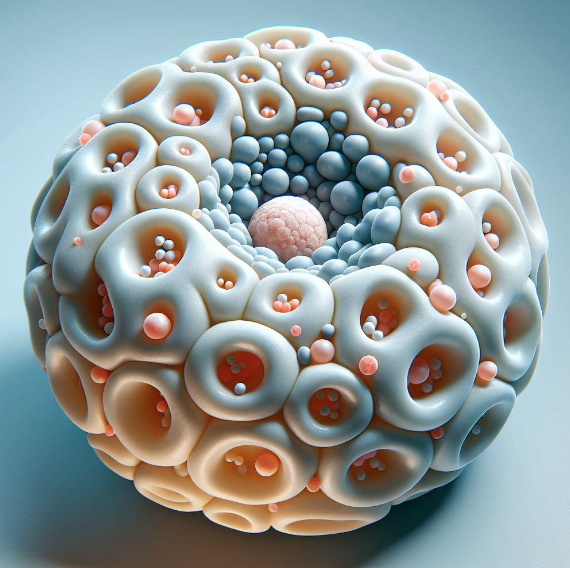
For years, fat has been unfairly branded as something to avoid in our diets and shed from our bodies. However, scientific research has uncovered an extraordinary side to fat—it's a medical superhero when it comes to healing. Fat, or adipose tissue, contains reparative cells that are vital in the healing process, challenging its undeserved bad reputation.
Fat as a Healing Agent
The remarkable properties of fat have been recognized for over a century. Documentation from World War I depicts fat being used to speed up the healing of soldiers' battle wounds. Since then, numerous studies have delved into the role of fat in healing, revealing that it is one of the highest quality tissues for reparative purposes. Adipose tissue, rich in supportive cells, serves as a structural component providing cushion and support during the healing process. Its capacity for repair is so significant that it is now being used in orthopaedic and arthroscopic surgery.
Fat's Role in Modern Medicine
Scientists developed cutting-edge technologies that harvest and utilize the patient's own adipose tissue. It is minimally invasive, and the harvested fat is gently processed to optimize the concentration of reparative cells, including mesenchymal stem cells.
How it Works
The procedure can be performed quickly—often in less than an hour—and is ideal for patients who cannot undergo major surgery, seek an alternative to it, or wish to combine it with their surgery. Once harvested, the fat is cleaned, concentrated, and then injected into damaged or injured areas to support natural healing. This treatment is especially beneficial for patients with multiple orthopaedic conditions as the processed fat can be applied to various locations in a single session.
Uses for Adipose Injections
In Orthopaedics, there are a variety of inflammatory conditions where patients can benefit from a fat-based, regenerative, mesenchymal stem cell injection. These include, but are not limited to: knee arthritis, Achilles/peroneal/posterior tibial tendonitis, ankle or subtalar arthritis, arthritis of the big toe, and plantar fasciitis.
The Advantages of Using Adipose Tissue
Adipose tissue boasts several advantages over other tissues, such as a higher concentration of reparative and regenerative cells that remain robust even as a person ages. This contrasts with other tissues like bone marrow, whose healing capacity may diminish over time. Furthermore, the systems used to harvest ensure that the fat tissue is of optimal size for injection, enhancing the interaction with the treatment site for effective healing.
Safety and Quality
Since the procedure involves the patient's own tissue, the risk of rejection and infection is minimal. Only saline is used to clean the fat, removing contaminants while preserving the integrity of the reparative cells. The outcome is a pure, effective, and patient-friendly approach to addressing orthopaedic conditions.
The Future of Healing
Fat-based, regenerative, mesenchymal stem cells represent a paradigm shift in how we view and utilize fat for medical purposes. No longer seen as just an energy source or insulating layer, fat is now at the forefront of regenerative medicine, offering new hope for those seeking to heal from orthopaedic conditions. Its ability to cushion, support, and repair damaged tissues showcases fat not as the villain it was once thought to be, but as an invaluable ally in our body's natural healing process. As we continue to uncover the full spectrum of fat's capabilities, we open the door to innovative treatments that harness the body's innate healing power, turning the page to a new chapter in medical science.
If you are interested in learning more about fat-based, regenerative, mesenchymal stem cells or regenerative medicine, make an appointment to see us. We have been using this treatment option for years with success.